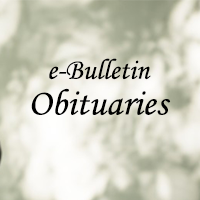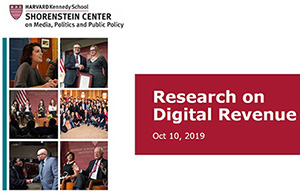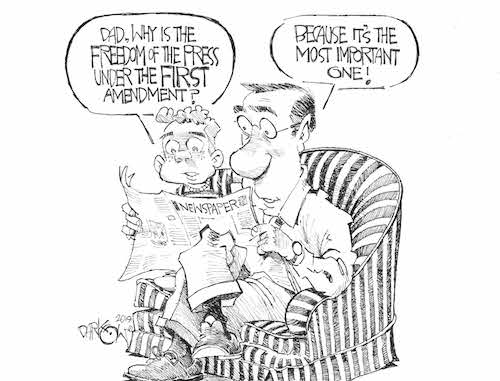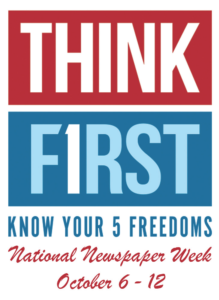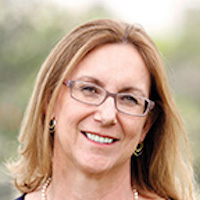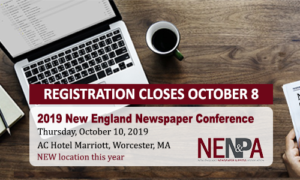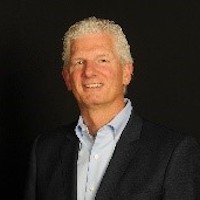This column is aimed at every single journalist working anywhere in the world now and in the future.

That’s a big bill to fill, but with tips to improve coverage of any type of meeting, the following concepts apply both to a rookie reporter covering a town board for a small weekly paper and a grizzled veteran monitoring the U.S. Congress for a national news service.
We all cover meetings, and we can all always do better. Here are some tactics to improve meeting coverage.
— Do your homework. Advanced effort is critical. Get agendas and supporting documents well before the meeting begins. Read them. Do interviews with key players prior to the meeting. Gain an understanding of key points and positions prior to showing up.
— Cash in on cash. Watch for anything financial or fiduciary. Scour meeting materials for anything where money may be spent, collected or shifted. Don’t forget consent agendas or routine departmental updates where interesting items may be hidden.
— Consider a preview story. On major topics, reporters can inform readers of context and potential consequences long before a discussion and vote. Don’t forget to include time, date and place of the meeting.
— Know the key players. This is ultra critical on a beat, but is useful even on a one-off assignment. Be sure to know the board members, the staffers who inform them and if possible, the real people who will be affected by a vote. Be sure to have the cell numbers of all the regulars and make sure they know how interested you are in what they say and do. Always call to confirm unknowns.
— Don’t cast off the curmudgeons. Hopefully, your coverage area is home to a do-gooder or gadfly who attends most meetings and testifies frequently. You can quote them sparingly, if ever, but you should know them, treat them with respect and listen to them. Most share your belief that government needs to be monitored and challenged, and they often have inside information that may require skepticism but is always worth knowing.
— Establish authority through accuracy. The best beat reporters are known for being critical but fair and complete. Don’t take sides, don’t let your personal opinions be known (never, ever comment on social media!), and don’t report any opinions you know to be false. Your reputation is sacred, so protect it. Once trusted, your access to people and information will improve.
— Don’t forget to follow up. Meetings occur at a moment in time and therefore almost always present an incomplete, imperfect picture. If you’re unsure of something, hold it back. You can, and should, frequently follow up by drilling in on divergent opinions, exploring issues in greater depth and reporting the impacts on populations or individual people.
— Pay attention, even if it hurts. Don’t space out if the discussion wanes. Use your phone only to look up information or confirm data presented, not to text, email or Google random topics. Watch and listen for the little ideas or facts that can blossom into important stories later.
— Listen closely to what is said, and what isn’t. Watch for unspoken reactions by panel members or the public and approach them later for an explanation. Reporting on actions provides fodder for invigorated writing.
— Focus on real folks. Approach members of the public and ask why they are there. When someone testifies, get the correct spelling of their name, business or organization. Follow residents into the hallway to interview them or get their cell number and email address for contact or clarification later.
— Describe projects accurately. Always include clear indicators of where something will be built or altered (the northeast corner of X Avenue and Y Street). Provide project costs and the source of the money. Include names of people and businesses that receive government money. Publish project
timelines and any promises. All these heighten accountability.
— Let length indicate importance. Don’t write the same length story every time or give in to editor pressure to fill space. Some meetings result only in briefs. Try leading with the top issue and provide bullet points on smaller topics in an “In Other Action” box.
— Seek out photos. When a person, place or thing is talked about, get a photo before or after the meeting. Shoot photos of attendees or panel members in action, even a head shot. Take an occasional crowd photo or picture of the panel as one. Even photos of documents can work.
— List votes and voters. On key issues, always provide readers with the vote tally and names of who voted how.
— Challenge closed session. When appropriate, which is almost always, stand up and ask for the legal reason an executive session is needed. Do this often, and they may hide less frequently.
— Treat meetings as opportunities. Only you can make meeting coverage valuable and interesting. If you get lazy, readers suffer. If you work hard, the public will benefit.


